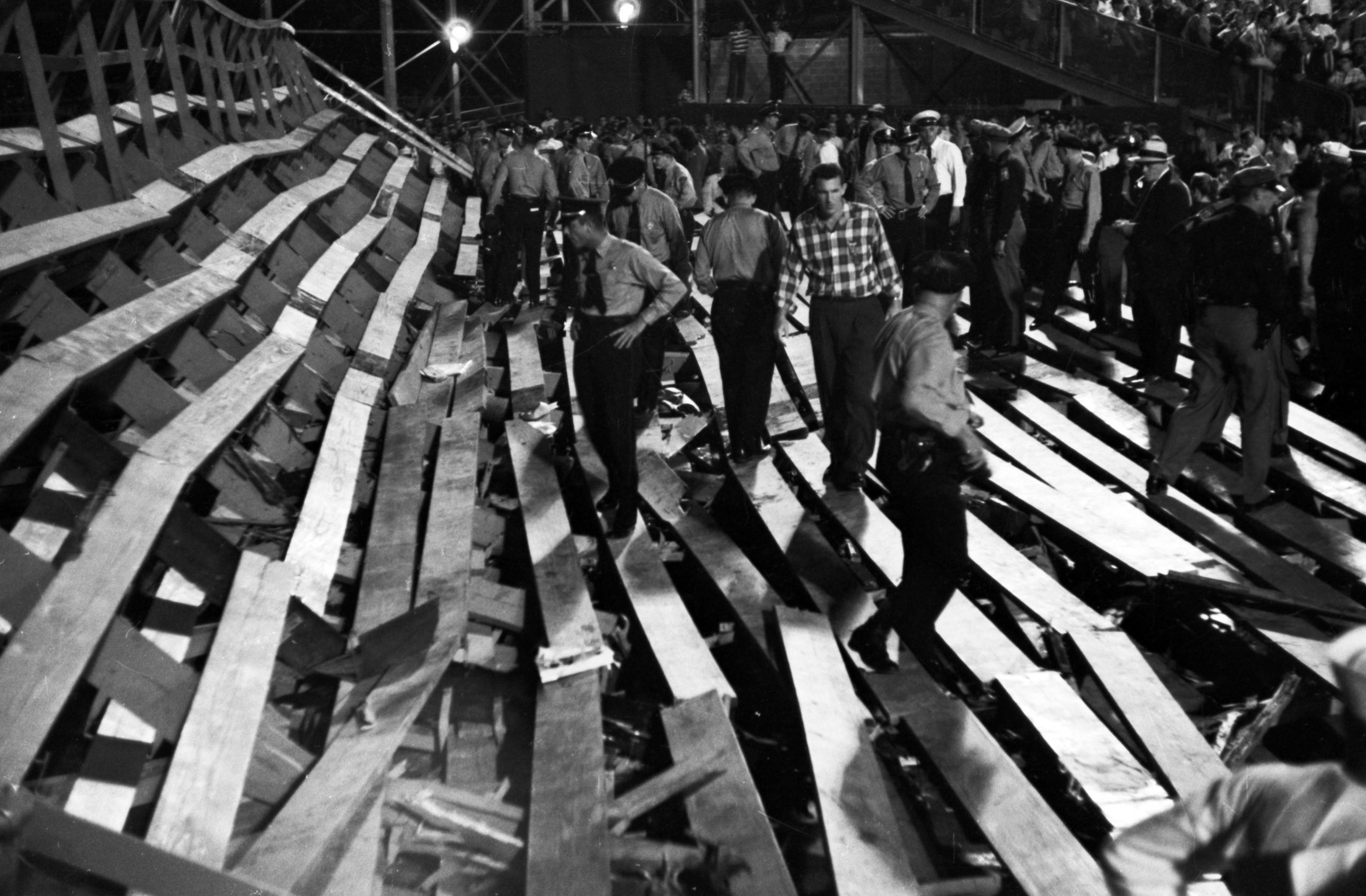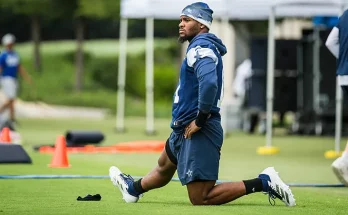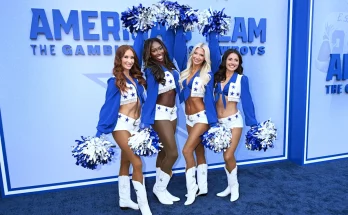The 1950s were not kind to Alabama football. A program that had once basked in national glory had descended into a haze of mediocrity, inconsistency, and disillusionment. From the national spotlight in the 1920s and ’30s to the obscurity of the post-World War II era, Alabama Crimson Tide football was a far cry from its proud heritage. But in 1958, that all changed with the arrival of a determined, no-nonsense leader—Paul “Bear” Bryant. His return to his alma mater not only saved Alabama football from irrelevance but ignited a cultural and competitive resurgence that would redefine the program forever. This is the story of how one man’s iron will and commitment to excellence resurrected a sleeping giant and turned Alabama into a college football powerhouse.
Before Bryant’s arrival, Alabama football had hit rock bottom. After Frank Thomas retired in 1946 and Harold “Red” Drew’s inconsistent tenure in the early 1950s, the Tide cycled through coaches with little success. Jennings B. Whitworth, the head coach from 1955 to 1957, oversaw perhaps the darkest stretch in Alabama football history. Under Whitworth, the Tide posted an abysmal 4–24–2 record, including a winless 0–10 season in 1955—the worst in school history. Morale was low, fans were disillusioned, and recruits were steering clear of Tuscaloosa. It wasn’t just about wins and losses; the entire identity of Alabama football was slipping into the abyss.
Then came Paul Bryant. Born in Arkansas but raised in Fordyce, he had played end for the Crimson Tide from 1932 to 1935. His legendary toughness had earned him the nickname “Bear” after he wrestled a bear as a teen for a carnival promotion. After his playing days, he quickly climbed the coaching ranks, earning acclaim for his transformative work at Kentucky and especially at Texas A\&M, where he infamously took a struggling program and turned it into a winner through grit, discipline, and relentless toughness. Alabama fans and alumni took notice—and so did the university. After multiple failed coaching hires, the school knew it needed a proven leader. Bryant was their man.
The story goes that when asked why he would leave Texas A\&M for a struggling Alabama team, Bryant famously said, “Mama called, and when Mama calls, you just have to come running.” But behind that poetic phrasing was a steely resolve. Bryant wasn’t just coming home for sentimental reasons—he was on a mission to rebuild a dynasty.
When he arrived in Tuscaloosa in 1958, Bryant immediately changed the culture. He inherited a team that had forgotten how to win, both mentally and physically. Conditioning was poor, discipline was lax, and accountability was almost nonexistent. Bryant brought his trademark toughness and relentless expectations. Practices were grueling, demanding, and often brutal. Players ran until they collapsed. They were pushed harder than they’d ever imagined. Some quit. But those who stayed bought into Bryant’s vision.
His first season was modest by modern standards—just a 5–4–1 record. But in context, it was a revelation. Alabama had been so bad that simply achieving a winning record was viewed as monumental progress. And more importantly, Bryant’s presence had reignited the fire in the program. The fans returned. The players believed. And high school recruits—especially those in Alabama and the Deep South—started to see Tuscaloosa as a destination once again.
From there, the ascent was rapid and relentless. By 1961, just three years after his arrival, Bryant had led Alabama to an undefeated season and a national championship. The defense gave up just 25 points the entire year, and the Tide finished 11–0. It was a statement to the college football world: Alabama was back, and Bear Bryant was the reason why.
But Bryant’s impact wasn’t just measured in wins or trophies—it was in how he transformed the very essence of Alabama football. Under his leadership, the Crimson Tide became synonymous with toughness, discipline, and excellence. He instilled a blue-collar mentality that resonated deeply with the working-class ethos of Alabama fans. Every player had to earn their spot. Nothing was given. Everything was earned. That mindset became the heartbeat of the program.
Bryant’s teams were physical, methodical, and utterly dominant. From 1958 to 1982, he led Alabama to six national championships, 13 Southeastern Conference (SEC) titles, and an astonishing 232 wins. He coached legends like Joe Namath, Kenny Stabler, and John Hannah, and turned the program into a national factory for elite talent. Alabama became the gold standard in college football, and Bryant became a larger-than-life figure—not just in the South, but across the entire sports landscape.
He was a paradox of sorts: feared by his players, yet fiercely loyal to them. Gruff and intimidating on the field, but quietly compassionate off it. He would scream at a player one moment, then defend them with unwavering loyalty the next. Players who survived his system didn’t just become better athletes—they became men. Bryant saw football as a tool for teaching life lessons, and his players carried those lessons with them long after their playing days ended.
Perhaps Bryant’s most overlooked legacy was his influence on integration. In the deeply segregated South, college football was slow to integrate. But Bryant knew that to remain competitive on the national stage, Alabama would have to recruit Black athletes. In 1971, he signed Wilbur Jackson—the program’s first Black scholarship player—and in 1973, he started John Mitchell, the first African American to play in a game for Alabama. It wasn’t easy. It wasn’t popular. But Bryant’s quiet courage helped move the needle toward a more inclusive era of college football in the South.
By the time Bryant retired in 1982, he had become the winningest coach in college football history with 323 career victories. His trademark houndstooth hat, his gravelly voice, and his stoic sideline demeanor had become icons of the sport. But perhaps his greatest achievement wasn’t the numbers—it was the way he restored pride, tradition, and excellence to a program that had nearly lost it all.
Alabama’s success in the modern era—whether under Gene Stallings, Nick Saban, or anyone else—stands on the foundation that Bryant built. He didn’t just win games. He built a culture. A standard. A legacy.
To this day, Bryant’s fingerprints are all over the program. The stadium in Tuscaloosa bears his name. His image adorns murals, statues, and memorabilia. Every Alabama player who puts on the crimson and white walks in the footsteps of a giant. And every time the Tide takes the field, they carry with them the echoes of that 1958 turnaround—when a determined coach returned home to rebuild a broken program.
Paul “Bear” Bryant didn’t just change Alabama football. He saved it. He gave it purpose, direction, and an unshakable identity. What began as a rescue mission in 1958 became one of the greatest coaching legacies in sports history. And while decades have passed since his first practice in Tuscaloosa, the impact of that moment still reverberates every fall Saturday in Bryant-Denny Stadium.
From the ashes of the 1950s emerged a legend. From futility rose a dynasty. And it all began with the return of the Bear.



